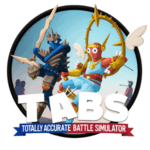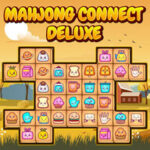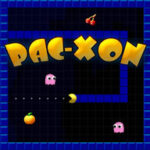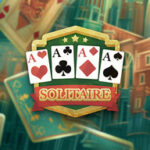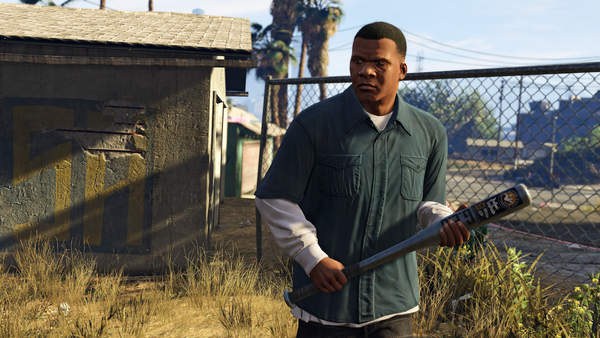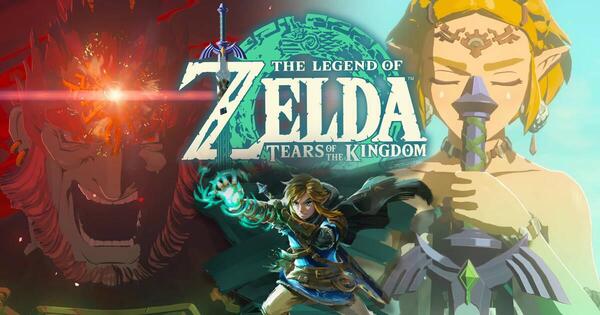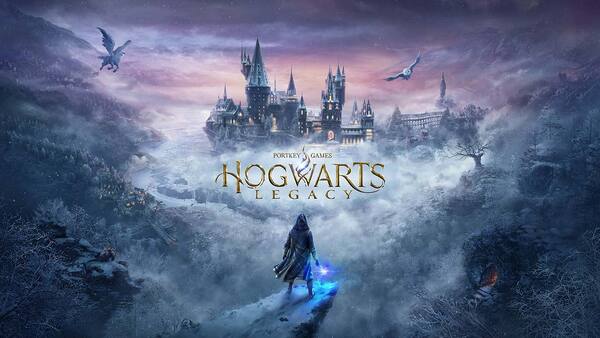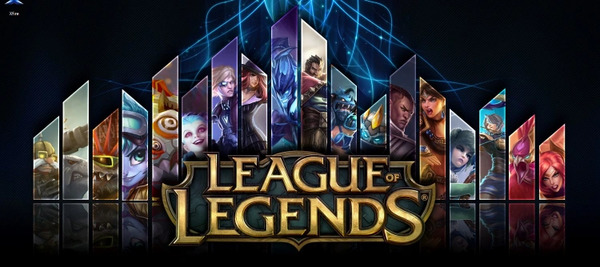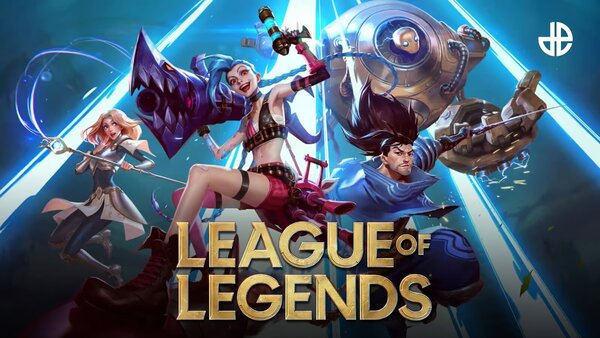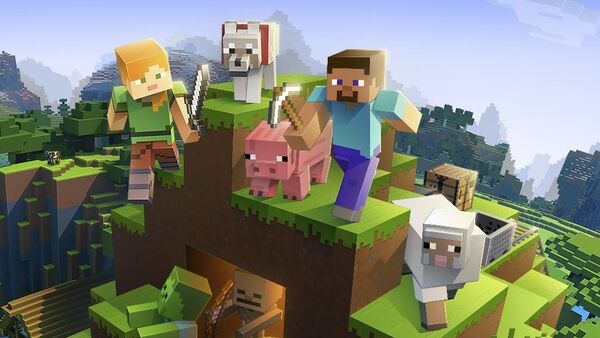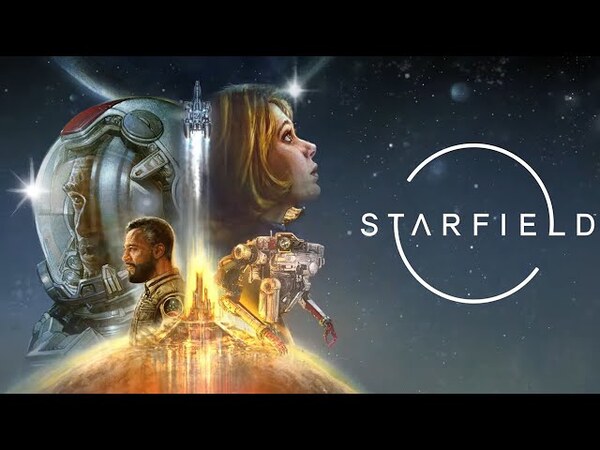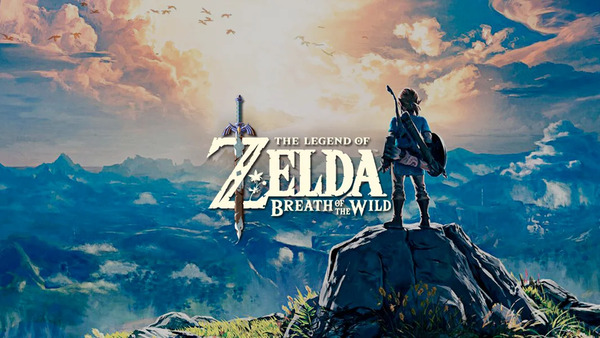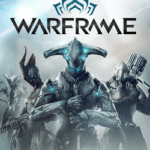Geometry Dash is a rhythm-based platformer that has captivated players worldwide with its intense difficulty, addictively satisfying gameplay, and unforgettable soundtrack. Developed by Robert Topala and published by his company RobTop Games, the game was originally released for iOS and Android in 2013. Despite its minimalist visuals and simple premise, Geometry Dash quickly gained a loyal fanbase, evolving into a cultural phenomenon through player-made levels, music-driven action, and viral challenges. It’s not just a game—it’s a test of patience, timing, and memory, where success feels earned and failure fuels motivation.
Unlike most casual platformers, Geometry Dash demands absolute precision. A single mistake sends you back to the beginning of the level. But what makes it rewarding is how fair it feels. You are never cheated—just not yet skilled enough. From its humble beginnings as a mobile indie game, Geometry Dash has grown into a creative ecosystem powered by its dedicated community. This article dives deep into the evolution, mechanics, design, and legacy of Geometry Dash through ten key areas.
1. The Origins and Initial Success of Geometry Dash
Geometry Dash was launched in August 2013 as a simple mobile title with one playable level called Stereo Madness. Developed entirely by Swedish developer Robert Topala, the game gained traction due to its easy-to-understand controls and maddeningly hard levels. Within a few months, updates added more levels, music, and a level editor that would change the game’s identity forever.
Despite being a paid game in a freemium-dominated app market, Geometry Dash succeeded because of its unique blend of challenge and rhythm. Players could feel the beat through every jump, and the musical integration made gameplay hypnotic. The game’s addictiveness came from its trial-and-error format, where each death was a lesson rather than a punishment.
Rating: 4.7 out of 5 for breakout indie success
2. Core Gameplay and Mechanics Explained
At its heart, Geometry Dash is about jumping in sync with the music. Players control a cube that automatically moves forward while avoiding spikes, pits, and other obstacles by jumping at the right time. The game is entirely timing-based and uses a one-touch input system, making it accessible yet extremely difficult.
What elevates the game is its incorporation of rhythm. Levels are perfectly synced with their background music tracks. Every jump, platform, and hazard is designed around beats and melodies. As the game progresses, new mechanics such as portals, gravity flips, speed changes, and flying segments add variety and complexity, making each level feel distinct and increasingly demanding.
Rating: 4.8 out of 5 for core gameplay design
3. Music and Rhythm Integration
Geometry Dash would not be the same without its iconic soundtrack. The game features electronic music from independent artists like DJVI, Waterflame, F-777, and Dex Arson. Each track is carefully chosen to match the level’s pace, mood, and mechanics. This synchronization creates an immersive experience where the player essentially plays an interactive piece of music.
The music doesn’t just complement the game—it drives it. Players often memorize a level not by layout alone but by rhythm and musical cues. This design turns gameplay into a dance between audio and action, enhancing immersion and emotional intensity. The unforgettable soundtrack is a major reason why Geometry Dash has maintained its appeal for over a decade.
Rating: 5.0 out of 5 for soundtrack integration
4. The Level Editor and User-Created Content
One of the most impactful updates to Geometry Dash was the introduction of the level editor. This feature allows players to create and share their own levels using the same tools RobTop uses for official stages. The community embraced this tool with open arms, producing thousands of user-generated levels of varying difficulty and creativity.
This shift turned Geometry Dash into a platform, not just a game. Creators started to rise to fame within the community, and entire YouTube channels were dedicated to reviewing or beating user-made levels. Some of these creations have rivaled or surpassed the quality of official levels, keeping the game fresh and ever-evolving.
Rating: 5.0 out of 5 for creative empowerment and longevity
5. Difficulty Progression and Skill Curve
Geometry Dash is known for its steep difficulty curve. Even the early levels pose a challenge for beginners, and the game only gets harder. By the time players reach Demon-level stages—some of which require hundreds of attempts to complete—the game becomes less about casual fun and more about mastery and persistence.
This progression is both a blessing and a barrier. For dedicated players, overcoming a difficult level after dozens of failures is a deeply rewarding experience. For newcomers, however, the lack of checkpoints or continues can be discouraging. Still, the game’s feedback system and replayability keep players coming back, determined to improve their skills.
Rating: 4.5 out of 5 for difficulty balance and mastery rewards
6. Community and Cultural Impact
The Geometry Dash community is one of the most passionate in gaming. Players, creators, streamers, and modders form a vibrant ecosystem across YouTube, Discord, and Reddit. From speedruns and world records to animated series and fan art, the community continuously breathes life into the game.
Events like the Top 100 Demons leaderboard and fan-made level showcases have kept the game relevant long after its release. Many popular streamers and content creators found their niche within the Geometry Dash space, introducing new players and highlighting the most creative levels the community has to offer.
Rating: 4.9 out of 5 for community engagement
7. Graphics and Visual Design
Geometry Dash uses a minimalist, geometric visual style that matches its name and gameplay. Characters are represented by simple cubes, ships, balls, and other shapes, all highly customizable with different icons, colors, and trails. The clean, high-contrast design ensures readability and precision, which is essential for fast-paced levels.
Despite the simplicity, user-created levels often feature elaborate visual effects, backgrounds, and animations. Some levels look like digital art pieces with moving environments and dynamic lighting. This is a testament to the flexibility of the level editor and the creativity of the fanbase, proving that art can come from even the most basic elements.
Rating: 4.6 out of 5 for style and visual clarity
8. Updates, Version 2.2, and Longevity
While Geometry Dash remains incredibly popular, it has faced criticism over the slow pace of updates. The long-awaited version 2.2 has been teased for years and has become somewhat of a meme within the community. However, developer RobTop continues to reassure fans that the update will bring significant changes, including new game modes, camera controls, and editor tools.
Even without frequent updates, the game has stayed alive thanks to its community. The core gameplay is strong enough to last, and the user-generated content pipeline keeps players engaged. When version 2.2 finally arrives, it is expected to bring a new wave of creativity and possibly reintroduce the game to a new generation.
Rating: 4.4 out of 5 for update pacing and future potential
9. Accessibility, Platforms, and Mobile Optimization
Geometry Dash is available on mobile devices, PC, and Steam. The mobile version, in particular, has been praised for its optimization and responsiveness. Touch controls are extremely tight, with zero input lag, making the mobile experience nearly identical to the desktop version in terms of performance.
One major advantage is the game’s lightweight file size and lack of ads. Players can enjoy a complete experience with no microtransactions, no pop-ups, and no internet required. This makes it an excellent choice for gamers who want a full-featured experience without distractions or paywalls.
Rating: 4.8 out of 5 for platform optimization and accessibility
10. Geometry Dash's Legacy and Influence
Geometry Dash has become more than a rhythm game—it is a genre-defining experience. It has inspired countless clones and rhythm-platformer hybrids but none have replicated its balance of precision, style, and community-driven content. It also helped establish rhythm platformers as a viable mobile genre and introduced millions to indie development.
Its legacy is tied to perseverance. Players who master a difficult level carry that satisfaction with them beyond the game. Geometry Dash teaches timing, memory, and persistence in a way few games manage. Whether you are a casual player or a dedicated creator, its impact is both personal and cultural.
Rating: 5.0 out of 5 for cultural relevance and enduring appeal
Conclusion: Geometry Dash as the Ultimate Test of Skill and Rhythm
Geometry Dash is a masterclass in minimalist game design. It takes a single mechanic—tapping to jump—and stretches it into a world of challenge, creativity, and musical immersion. Its addictive gameplay, unforgettable music, and thriving community have kept it alive and growing for more than a decade.
Though not without flaws—such as long update gaps and steep difficulty—it remains one of the most polished, satisfying, and replayable indie games ever released. It’s a game that rewards patience, challenges reflexes, and inspires creativity in equal measure.
Final Overall Rating: 4.8 out of 5
Geometry Dash isn’t just a game you play. It’s a game you learn, practice, and eventually master—and that journey is what keeps millions coming back.







